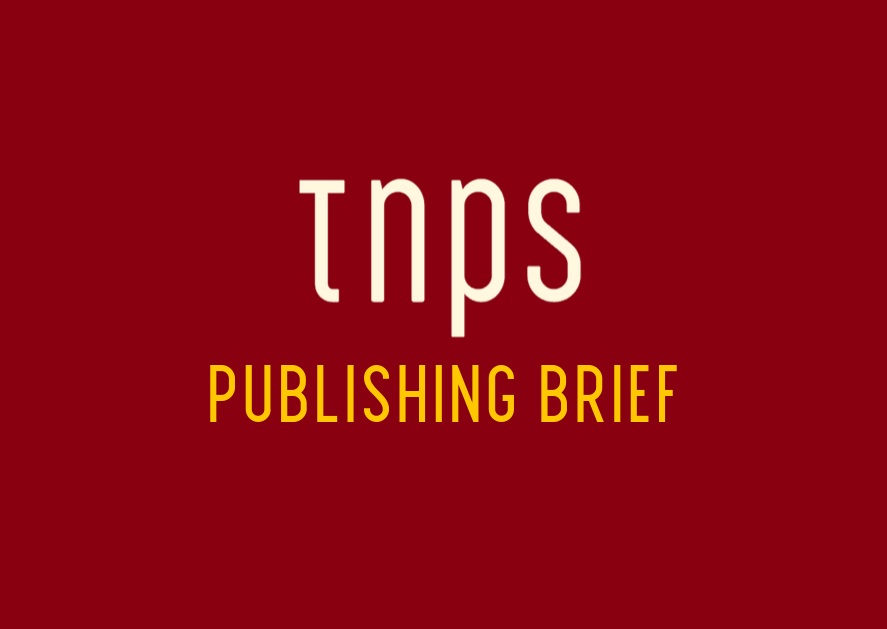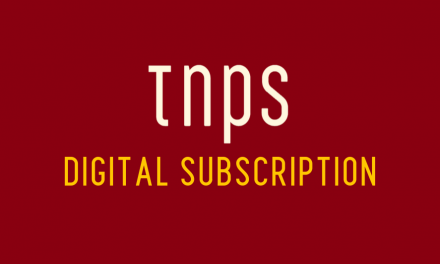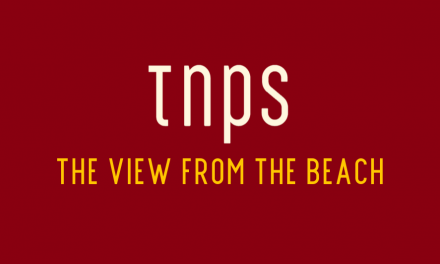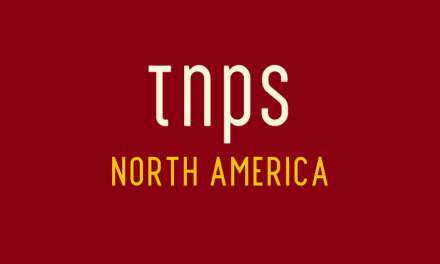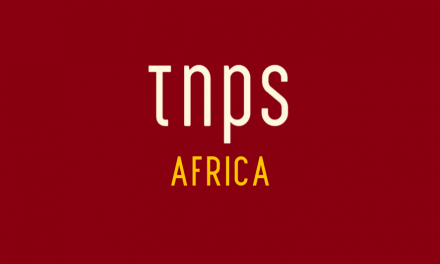A key point of interest here being the reference to ebooks, a format that, in recent years pre-pandemic only ever made the headlines in some derisory context, usually accompanied by nonsense about “screen fatigue”.
Publishing Perspectives this week carries some insights from Kristen McLean, Executive Director of NPD BookScan that will make uncomfortable reading for those asserting the traditional publishing industry, already supposedly in freefall, has been decimated by the pandemic.
With just weeks to go, and those the key pre-Christmas weeks, 2020, the year that began with such promise and pivoted to panic, depression and despair as the pandemic kicked in, looks to end, in the USA at least, on a high note despite the pandemic resurging.
If bricks & mortar booksellers have been hit hard, the industry as a whole looks set to emerge stronger, more confident and more profitable for the crisis even as we prepare to start 2021 with more Covid-19 misery and almost certainly more lockdowns to come.
At which point let’s bring in that headline quote from McLean in full, as reported by Porter Anderson at Publishing Perspectives.
Sales volume rose 17 million units for the week ending November 28 and the preceding week. Book sales experienced nice gains in MSRP value (manufacturer’s suggested retail price), thanks to rising hardcover sales. The market is now positioned for a strong 2020 finish.
When we look at combined ebook and print book sales, we expect 2020 to reflect one of the highest-volume years for US trade book sales in NPD BookScan history.
The two key points of interest here being first the reference to ebooks, a format that, in recent years pre-pandemic only ever made the headlines in some derisory context, usually accompanied by nonsense about “screen fatigue”.
Yet here we have ebooks cited alongside print to explain – let’s hear it one more time –
One of the highest-volume years for US trade book sales in NPD BookScan history.
At which point areminder NPD BookScan only measures the “traditional” publishing sector’s numbers, so the ebook element as referenced by McLean will not include APub, many smaller presses, and of course the ubiquitous indie author numbers, which collectively pack quite a punch.
And this alongside news from OverDrive that in the US consumers have been busy downloading books from digital libraries. Between January and November OverDrive saw 366 million downloads. Not all ebooks, but on past performance about two thirds will be, and not all in the USA, although again the bulk of the downloads will be. One more reminder that, no matter how much the industry’s Old Guard rails against the format and raise prices to depress demand, ebooks continue to demonstrate consumer magnetism.
Which brings us to the second key point of interest here – audiobooks. Or rather, the absence of audiobooks in McLean’s quoted commentary and in the Publishing Perspectives analysis of the NPD BookScan report.
It’s not that audiobooks have fallen out of favour with consumers. Far from it. We can expect the audiobook boom to continue for a few years yet.
But when it comes to moving the needle on US book market numbers, print is of course still king, despite the pandemic closing bookstores.
While audiobooks, which have never come close to matching even recent-years ebook sale numbers, let alone ebooks at their peak before publishers started playing pricing games to protect print, continue to make industry headlines not because of the volume of sales and downloads, but because of the growth curves.
The reality is that ebooks continue to outsell audiobooks in the key English-language markets by tidy sums, despite what the growth curve headlines supposedly tell us.
A quick simplified TNPS notional explanation for anyone not following that logic:
Say NPD BookScan informs us (fictional simplified example, remember) that ebooks sell 100 copies and then rise to 105 sales. That’s 5% growth and nobody gets excited.
At the same time NPD BookScan (for our fictional simplified example) tells us audiobooks sell 20 copies and then rise to 30 sales. That’s a headline-grabbing 50% growth curve and something the industry commentators can rally around.
But if we take a step back, which is the real story? The 50% growth curve from 20 to 30 sales, or the fact that, per this notional example, ebooks are still outselling audiobooks by 3.5 to 1?
Amid such industry juggling acts we see the UK’s FutureBook and Germany’s Frankfurt rightly extolling the audiobook boom while conveniently sidelining the format that’s name should not be uttered unless accompanied by “screen fatigue”.
It’s all the more amusing when, to explain how audiobooks are the only new format that matters, they roll out the Swedish experiment and bring in the industry’s love-hate audiobook hero/villain that is Jonas Tellander, CEO of Storytel.
The problem being that Tellander is at once the New Messiah, living proof of the audiobook boom in all its glory, showing us that screen fatigue must be real after all, and simultaneously the Devil Incarnate, the nemesis of the publishing industry daring to show us that not only is unlimited subscription what consumers want, but that, if not kept on a tight leash, it can own the book market to the point of leaving print in second place.
But no chance of that in the key English-language markets so long as publishers continue to perform their other juggling act – the one where they continue to chuck almost all their eggs in Amazon-owned Audible’s basket while simultaneously railing against Amazon’s dominance of the print and ebook market that came about because, oh yeah, publishers historically chucked almost all their eggs in the Amazon basket…

